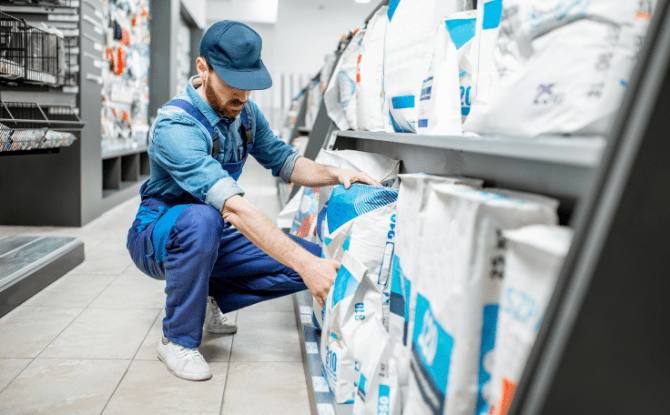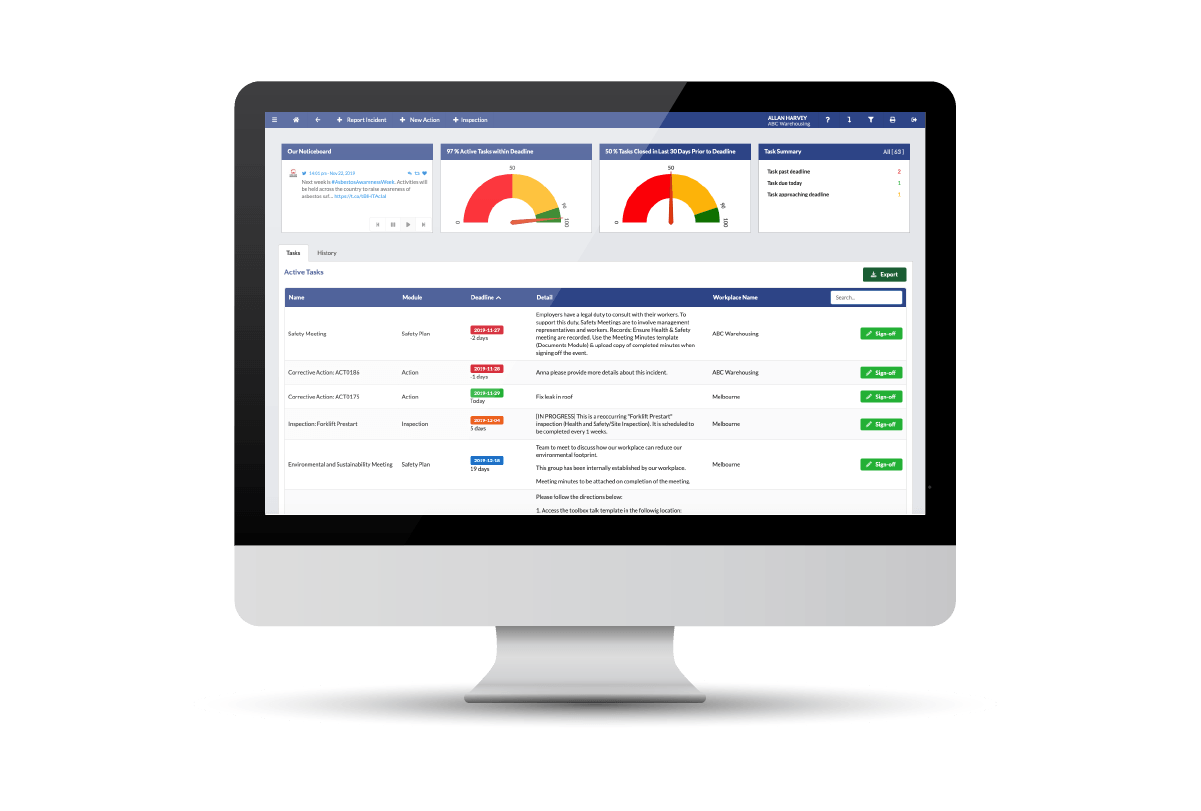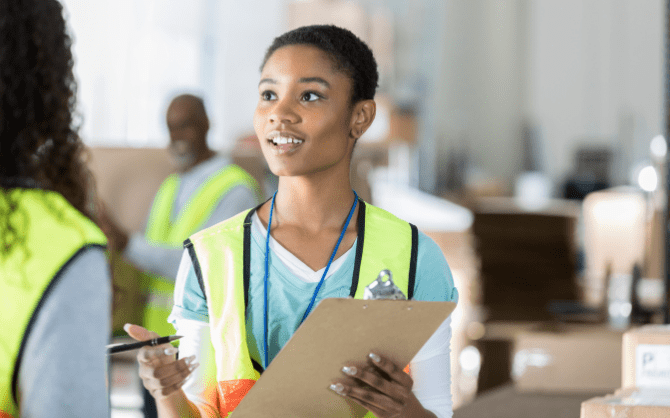
Essential health and safety tips for every Australian retailer
The retail industry is one of Australia’s biggest employers, but it’s also where Australia’s workers often get hurt. Did you know the most common injury for people working in retail is to their back? According to WorkSafe Victoria’s handy Injury Hotspots site, back injuries represent a significant 26% of injury claims. These back injuries can be caused by muscle strain from lifting and handling objects/equipment, slipping on floors or uneven surfaces, or tripping over objects.
Australians are out of lockdown and back shopping again. As the government eases coronavirus restrictions and more retail stores begin to reopen, business owners need to not only focus on getting back on their feet financially but also, crucially, they need to be across the prevention of workplace injuries such as those outlined above.

Due to the diverse nature of retail employee situations, ranging from part-time, full time to casual staff, it can be challenging to create the desired level of awareness on the health and safety risks across your workforce. Nevertheless, health and safety compliance is so important, and probably more so now than ever before.
So, while it is certainly a relief to see the retail sector recovering after 2020, in the rush to unlock those doors retail businesses cannot become complacent, especially where the health and safety of their employees is concerned. Whether you have just one or multiple stores under your umbrella, prioritising profit over the assessment of safety hazards to employees returning to work is a dangerous path to take.
Here are the key considerations every retailer should take into account to keep all their employees safe:
Support your store managers
A store manager’s role is highly demanding. Whether it be ordering stock, implementing a new in-store campaign, or organising a surprise birthday cake for one of their weekend casuals, a store manager has to wear multiple hats to ensure your business runs smoothly. As an essential bridge between your employees and head office, they are also your key to identify and help to address health and safety concerns that arise in your stores.
Often store managers lack safety knowledge so it is important to ensure they are trained well, as they will most likely be the ones training their staff. If they lead by example, they can be a source of inspiration for the employees and promote safety engagement improving overall performance across your stores.
Train your employees
Whether it’s being able to identify hazards in store that may cause injury, to having the knowledge to deal with a difficult customer, regular health and safety training for your employees is essential to maintain safety standards across your business. It doesn’t matter if your employees are working in the warehouse or are racking up sales in-store, every staff member needs to be aware of the common hazards and risks associated with their roles.
Due to the diverse nature of work in the retail sector, your employees should be trained to handle a variety of situations that they may encounter in different ways. By assessing, monitoring and evaluating your employee’s knowledge before and post-training, you will be able to see areas in your training where you can make improvements.
Try implementing different learning tools and methods to train employees, as you can customise these tools to how your employees learn best. Technology can be an effective and low-cost way to train your workforce, such as through live streaming video sessions. This also has the added benefit of allowing you to train your employees across multiple sites simultaneously.
Making safety training documents readily accessible to your workforce is also essential. This can also be achieved in cloud-based safety software like Safety Champion.
Protect your customers
Retailers should ensure that the stores are inspected often to identify hazards that can disrupt the safety of their customers. After all, what is your store without your customers? The focus today is around the proper COVID-19 related signage and check-in requirements, but these shouldn’t mean you stop completing your normal business as usual health and safety checks.
Regular fire extinguisher and smoke alarm checks, assessing uneven or slippery floors, and recording lighting levels and air quality are all ways to identify hazards early, and to protect your customers when they set foot into your store
Manage safety with ease in multiple stores
Do you have stores in multiple locations? Many business or franchise owners can find it difficult to maintain a level of consistency concerning policies and procedures across their stores. But with the right safety procedures and systems in place, retailers can keep everyone safe.
The success of any retail business depends upon unity of people, process and systems. Having robust safety management software can come in handy for maintaining the health and safety standards across multiple stores.

A centralised system such as that offered by Safety Champion can help safety leaders get an overall picture. They can monitor all in-store safety activities and analyse trends over time, identifying gaps or areas for improvement. Safety management software can also help to establish a unified standard for a business’s safety procedures across all its sites.
Your management can use this software to communicate with employees on the latest safety process updates. Additionally, safety documents for inductions, training, contracts, and policies can be created, edited and sent to those in your business wherever they may be working.
Sign up for Safety Champion today to receive your free trial of multisite safety management software.




